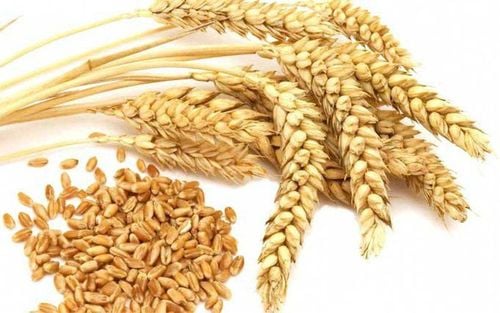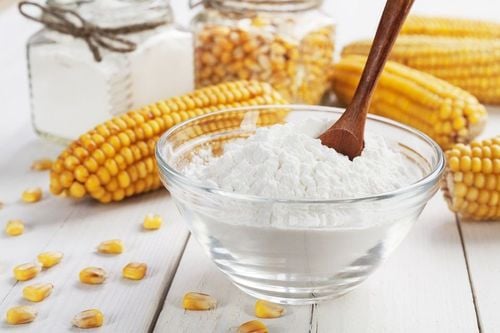This is an automatically translated article.
Posted by Master, Doctor Mai Vien Phuong - Department of Examination & Internal Medicine - Vinmec Central Park International General Hospital
The Academy of Nutrition and Dietetics, the World Gastroenterology Organization and the Crohn's and Colitis Foundation of America all agree that fiber is a nutrient that protects the colon. During flare-ups of symptoms, a low-fiber diet can be helpful in reducing matter in the colon, thereby reducing symptoms and helping you recover faster.
If your doctor has prescribed a low-fiber diet for your symptoms, follow the recommendations below. Otherwise, stick to a high-fiber diet.
1. Whole grain breads, cereals and pasta
Foods that are high in fiber tend to be difficult to digest for people with ulcerative colitis during flare-ups. Whole-grain flour is high in fiber because it hasn't had the germ or bran removed.
You should avoid eating whole grain flour foods, such as:
Bread Grains Pasta Pasta During outbreaks, choose white bread and enriched white flour pasta, unless you are gluten intolerant.
Flour is “enriched” when nutrients are lost during germ removal and bran is replaced. Grains like puffed rice, corn flakes, and cream of wheat are also lower in fiber.
2. Brown rice and other whole grain starches
Avoid the following whole grain foods:
Quinoa Brown Rice Buckwheat Oats Wild Rice

Plain Barley Millet Wheat Berries Dry Wheat Flour Spelling A better option for people with ulcerative colitis is well-cooked white rice.
3. Nuts
Nuts, including those cooked into other foods or made into flour, should be on your do-not-eat list if you've been prescribed a low-fiber diet for ulcerative colitis . The fiber in nuts can be very difficult to digest.
4. Nuts
Like nuts, seeds can also worsen symptoms. Seeds are an insoluble fiber, which can cause bloating, diarrhea, bloating, and other unpleasant side effects.
Some seeds to avoid include:
Sesame seeds Flax seeds Millet Pine nuts Sunflower seeds Pumpkin seeds Wild rice
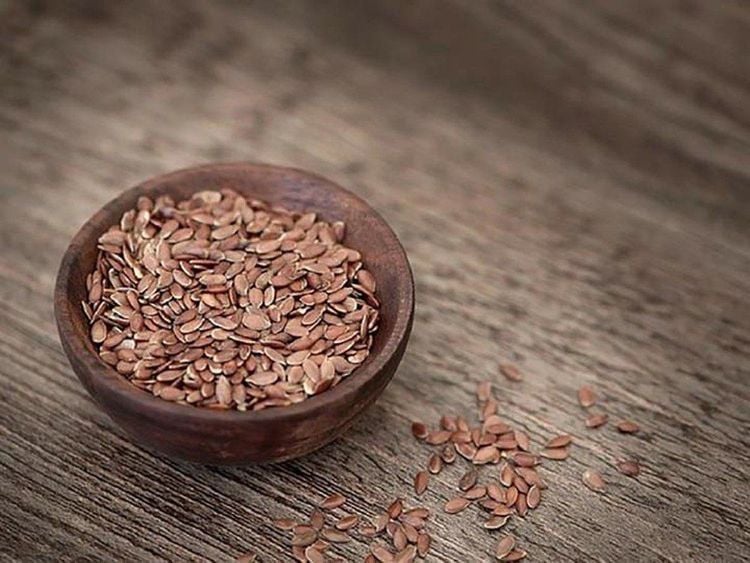
5. Dried peas, beans and lentils
Legumes, including beans, lentils, and peas, are high-fiber, high-protein foods. Because of the hard-to-digest sugars in beans, they're also notorious for causing bloating. If you are experiencing an ulcerative colitis flare-up, you will want to switch the following:
All legumes, including chickpeas Atduki beans Soy beans, including soybeans and edamame soybeans
6. Fibrous fruit
Although they have health benefits, most fruits are high in fiber. Fruit is on the list of foods to avoid if they are:
Raw Dry Contains seeds that cannot be removed (like most berries) You can eat fruit that has been peeled and if the meat has been cooked until very soft, such as apple sauce. You can also eat canned fruit, but choose those packaged in water or juice separately to avoid excess sugar.
Most fruit juices are drinkable, but only the pulp should be discarded. Skip prune juice as it is rich in fiber.
7. Fibrous vegetables
Like fruits, vegetables are also rich in fiber. Only include them in your diet if they are:
Skinned or peeled No seeds Cooked until tender Avoid all raw or undercooked vegetables, including corn. Canned vegetables and potatoes are fine, as long as the skins are removed. Try pureed vegetable soups to ease the digestion of vegetables.
Vegetables provide many important nutrients and it is important to incorporate them in your diet.
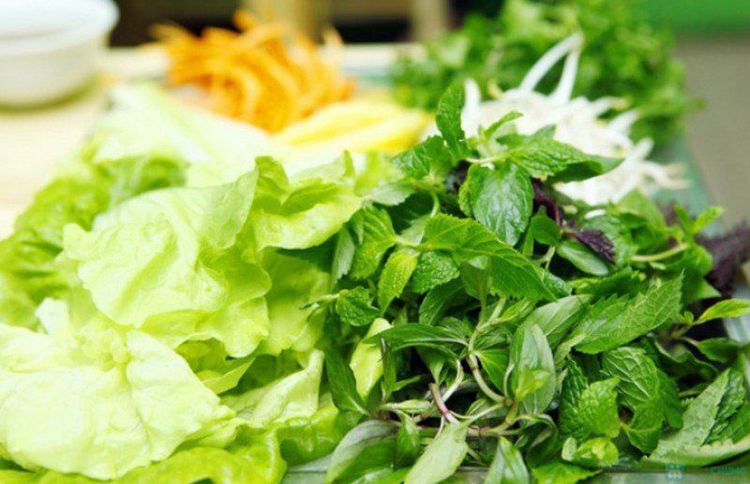
8. Sulfate and sulfide
Sulfate is an essential nutrient in the human diet, assisting in many body processes, however, it can also feed certain types of bacteria that produce toxic gas H2S in people with inflammation. ulcerative colitis. In fact, more than 90% of people with ulcerative colitis produce H2S gas, not the normal methane gas.
If you find yourself bloated and have a bad odor, you may have too many of these bacteria in your colon, an excess of sulfates and sulfides in your diet, or both.
Foods rich in sulfates and sulfides to reduce include red meat, dairy, beer and wine, apple and grape juices, cruciferous vegetables, eggs, cheese, dried fruit and some well water.
9. Dairy products
A common food intolerance among people with ulcerative colitis is dairy. If you suspect dairy may be the cause of your symptoms, eliminate all dairy including butter, milk, yogurt, and cheese for at least four weeks.
Work closely with your doctor or dietitian to help you learn how to follow your diet.
10. Foods containing gluten
One food intolerance that is becoming more common among people with digestive symptoms is gluten.
Gluten is a protein found in wheat, rye, and barley. Gluten is not only found in common foods like bread and pasta, but also added to processed products like condiments, sauces, soups, and proteins.
If you suspect gluten may be the trigger for your symptoms, eliminate all grains, cereals, baked goods and other products that contain gluten for at least four weeks.
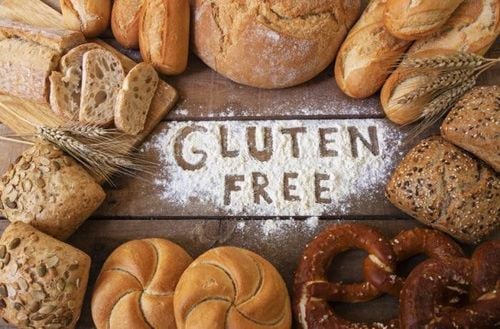
11. Food to enjoy
While your diet may be restrictive if you're experiencing an ulcerative colitis flare-up, it doesn't have to be boring. Focus on foods you can eat rather than foods you should avoid. Foods you can eat (unless you have an allergy or intolerance to any of the foods below) include:
White grain-free bread White pasta, pasta and pasta White rice Crackers and refined white flour cereals Cooked fruit Canned cooked vegetables without skins or seeds Pureed vegetable soups Soft, tender meat (without hair or skin) and fish Peanut butter and nut butter other Oils such as olive oil and coconut oil It is important to remember that diet plays an important role in your overall health. Use this information as a guide to help you recover from acute symptoms such as diarrhea, tightness, or surgery.
To increase your chances of remission, gradually reintroduce fiber-rich foods, as fiber protects the health of your colon tissue as well as your gut bacteria.
If you have a need for consultation and examination at Vinmec Hospitals under the nationwide health system, please book an appointment on the website for service.
Please dial HOTLINE for more information or register for an appointment HERE. Download MyVinmec app to make appointments faster and to manage your bookings easily.
ReferencesThe American Cancer Society medical and editorial content team. (2014). Low-fiber foods. (2014). cancer.org/treatment/survivorshipduringandaftertreatment/nutritionforpeoplewithcancer/low-fiber-foods Diet, nutrition, and inflammatory bowel disease. (two thousand and thirteen). crohnscolitisfoundation.org/sites/default/files/legacy/resources/diet-nutrition-ibd-2013.pdf Mayo Clinic Staff. (2017). Beans and other legumes: cooking tips. mayoclinic.org/healthy-lifestyle/nutrition-and-healthy-eating/in-depth/legumes/art-20044278 Mayo Clinic Staff. (2017). Low-fiber diet do's and don'ts. mayoclinic.org/healthy-lifestyle/nutrition-and-healthy-eating/in-depth/low-fiber-diet/art-20048511








